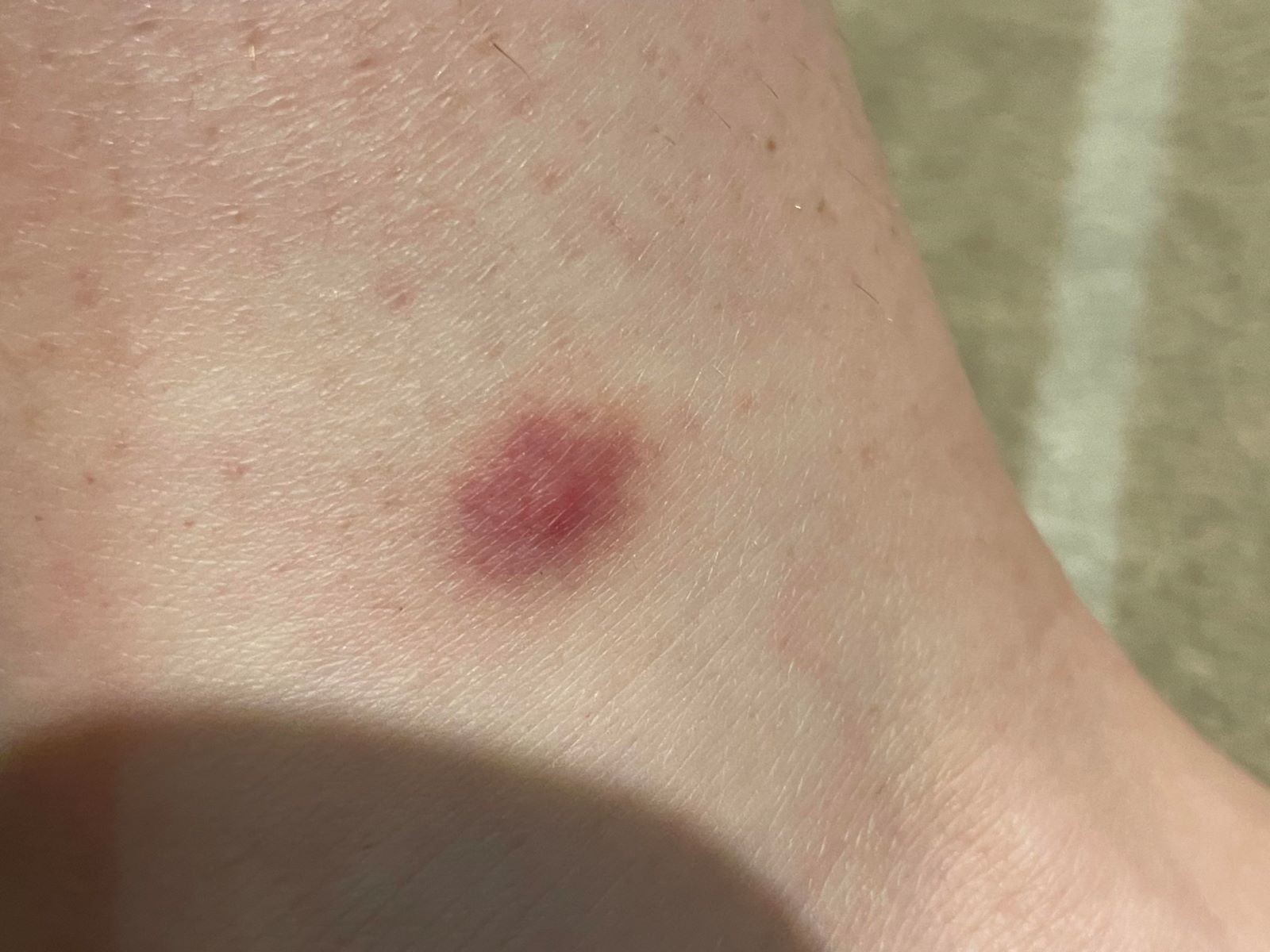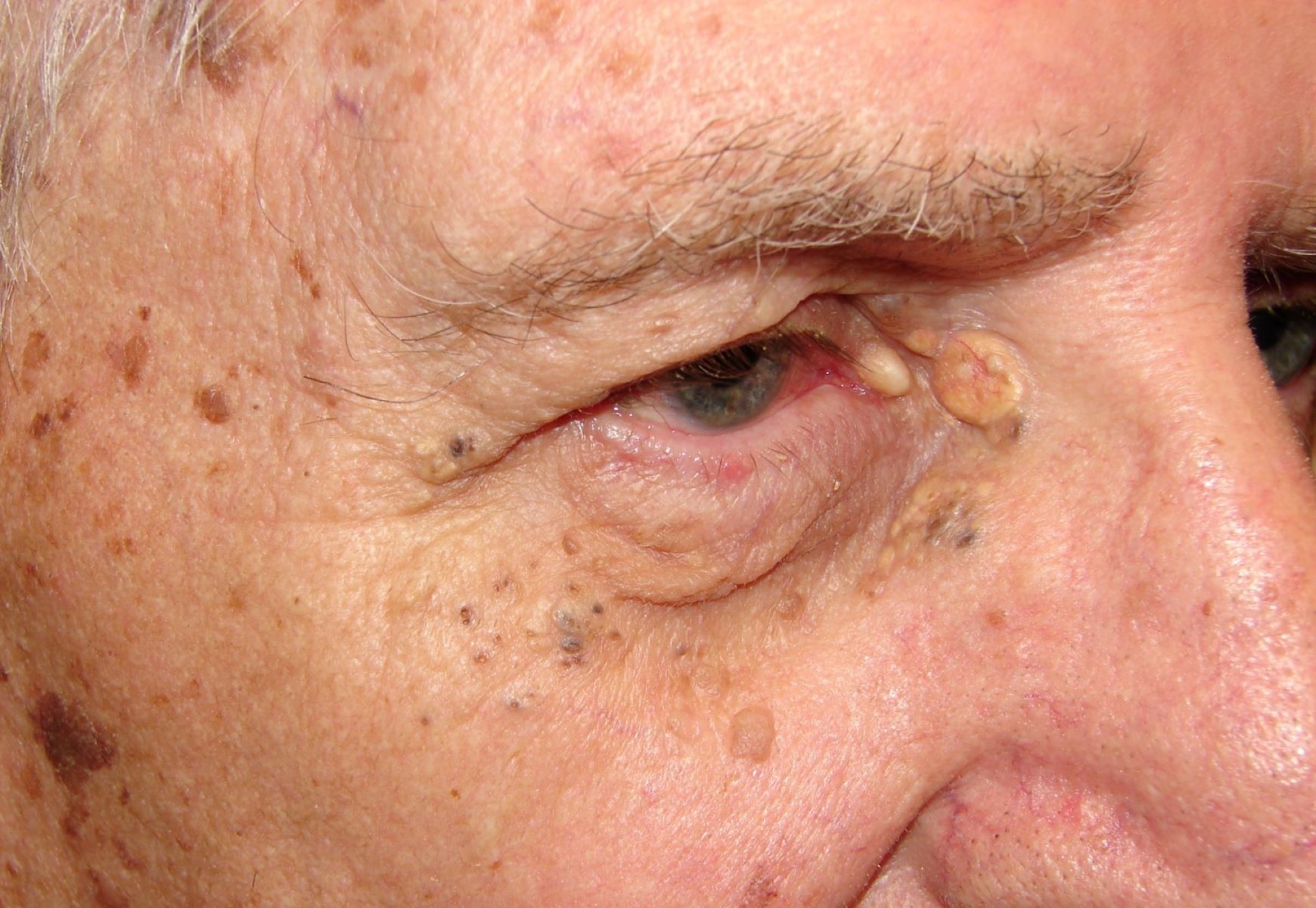
Ever wondered how your body keeps blood clots from causing trouble? That's where fibrinolysis steps in. This process breaks down clots, ensuring blood flows smoothly. But what happens when fibrinolysis goes haywire? Enter Fibrinolysis Syndrome, a condition where this balance tips, leading to either excessive bleeding or dangerous clots. Understanding this syndrome is crucial because it affects everything from wound healing to trauma recovery. We'll explore 15 key facts about fibrinolysis, its mechanisms, and its impact on health. Whether you're curious about how your body works or need to manage a related condition, this guide has you covered.
Understanding Fibrinolysis Syndrome
Fibrinolysis Syndrome is a complex condition involving the breakdown of blood clots. This process is vital for maintaining a balance in the body’s hemostatic system. Let's explore some key facts about this fascinating biological process.
-
Definition and Purpose of Fibrinolysis
Fibrinolysis is the process of breaking down fibrin in blood clots. This helps prevent clots from causing blockages in blood vessels and ensures proper wound healing. -
Mechanisms of Fibrinolysis
The fibrinolytic system involves several key components. Plasminogen converts to plasmin through tissue plasminogen activator (tPA) and urokinase-type plasminogen activator (uPA). Plasmin then degrades fibrin into soluble products.
Regulation and Types of Fibrinolysis
The body tightly controls fibrinolysis to prevent excessive bleeding or clotting. There are two main types of fibrinolysis, each with distinct roles and implications.
-
Regulation of Fibrinolysis
A balance between activators and inhibitors regulates fibrinolysis. Plasminogen activator inhibitor-1 (PAI-1) inhibits tPA and uPA, while alpha-2 antiplasmin inhibits plasmin. -
Primary Fibrinolysis
Primary fibrinolysis is the natural breakdown of blood clots in the body. It is essential for wound healing and preventing vascular occlusions. -
Secondary Fibrinolysis
Secondary fibrinolysis occurs due to medical disorders, medications, or other causes. It can lead to severe bleeding and is often linked to conditions like bacterial infections, cancer, and intense exercise.
Clinical Implications of Fibrinolysis
Dysregulation of fibrinolysis can result in various clinical conditions, from bleeding disorders to thrombotic diseases.
-
Hyperfibrinolysis
Hyperfibrinolysis is characterized by excessive fibrinolysis, leading to bleeding. It can result from dysregulation at the cell surface or within the fibrinolytic components. -
Hypofibrinolysis
Hypofibrinolysis is marked by insufficient fibrinolysis, leading to thrombosis. It can result from deficiencies in fibrinolytic components or inhibitors.
Acquired and Congenital Disorders
Fibrinolysis disorders can be acquired or congenital, each with unique causes and effects.
-
Acquired Fibrinolytic Disorders
These disorders can arise from disease states like liver disease, disseminated intravascular coagulation (DIC), and vitamin K deficiency. They can be hyper- or hypofibrinolytic based on clinical manifestations. -
Congenital Disorders of Fibrinolysis
Congenital disorders are rare but severe. They include deficiencies in fibrinolytic components such as plasminogen or plasminogen activators. Congenital plasminogen deficiency, for example, leads to recurrent thrombosis and bleeding.
Fibrinolysis in Trauma and Therapeutic Interventions
Fibrinolysis plays a crucial role in trauma and has significant therapeutic implications.
-
Fibrinolysis in Trauma
In trauma, the fibrinolytic system activates, breaking down blood clots. This can result in severe bleeding and is a major contributor to trauma-induced coagulopathy. -
Therapeutic Interventions
Antifibrinolytic agents like tranexamic acid inhibit excessive fibrinolysis and prevent bleeding. Fibrinolytic agents like recombinant tissue plasminogen activator (rtPA) enhance fibrinolysis and dissolve blood clots.
Fibrinolysis in Wound Healing and Disease States
Fibrinolysis is essential for wound healing and is implicated in various disease states beyond trauma and bleeding disorders.
-
Fibrinolysis and Wound Healing
After a blood clot forms at an injury site, fibrinolysis resolves the clot, allowing cell migration and new tissue deposition. Dysregulation can impair wound healing, leading to chronic wounds or delayed healing. -
Fibrinolysis in Disease States
Fibrinolysis is involved in cancer, where dysregulation can lead to tumor growth and metastasis. It also plays a role in inflammation and cell signaling pathways, highlighting its complex role in biological processes.
Research, Patient Management, and Educational Resources
Ongoing research and effective patient management strategies are crucial for advancing our understanding and care for fibrinolytic disorders.
-
Research and Future Directions
Research in fibrinolysis aims to better understand its mechanisms and develop effective therapeutic interventions. Global assays of fibrinolysis show promise in predicting thrombosis risk but not bleeding. -
Patient Management and Self-Management
Patient web portals and electronic personal health records (e-PHRs) enhance patient engagement and self-management, especially in complex conditions like diabetes. Educational resources, such as library web portals, improve information literacy and digital resource utilization.
Final Thoughts on Fibrinolysis Syndrome
Fibrinolysis Syndrome is a complex yet vital process in our bodies. It ensures blood clots dissolve properly, preventing dangerous blockages and aiding wound healing. When this system goes haywire, it can lead to serious health issues like excessive bleeding or unwanted clots. Understanding the balance between activators and inhibitors in fibrinolysis helps in diagnosing and treating related disorders. Acquired and congenital disorders of fibrinolysis highlight the importance of this balance. Trauma, liver disease, and even cancer can disrupt this system, leading to severe consequences. Therapeutic interventions, like antifibrinolytic agents or fibrinolytic agents, play a crucial role in managing these conditions. Ongoing research aims to uncover more about fibrinolysis, promising better treatments and patient care. Staying informed about this process can make a big difference in managing health effectively.
Was this page helpful?
Our commitment to delivering trustworthy and engaging content is at the heart of what we do. Each fact on our site is contributed by real users like you, bringing a wealth of diverse insights and information. To ensure the highest standards of accuracy and reliability, our dedicated editors meticulously review each submission. This process guarantees that the facts we share are not only fascinating but also credible. Trust in our commitment to quality and authenticity as you explore and learn with us.


